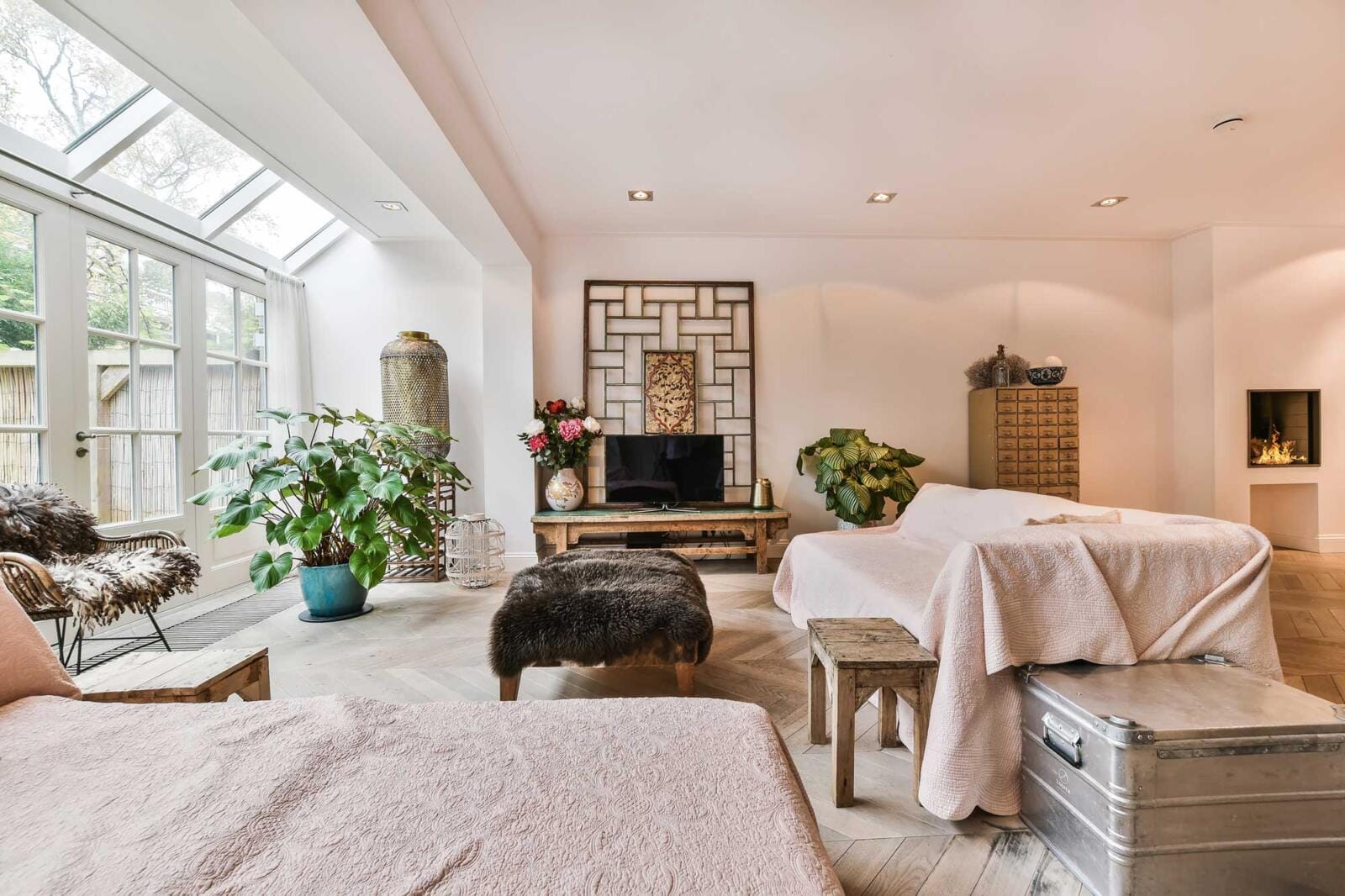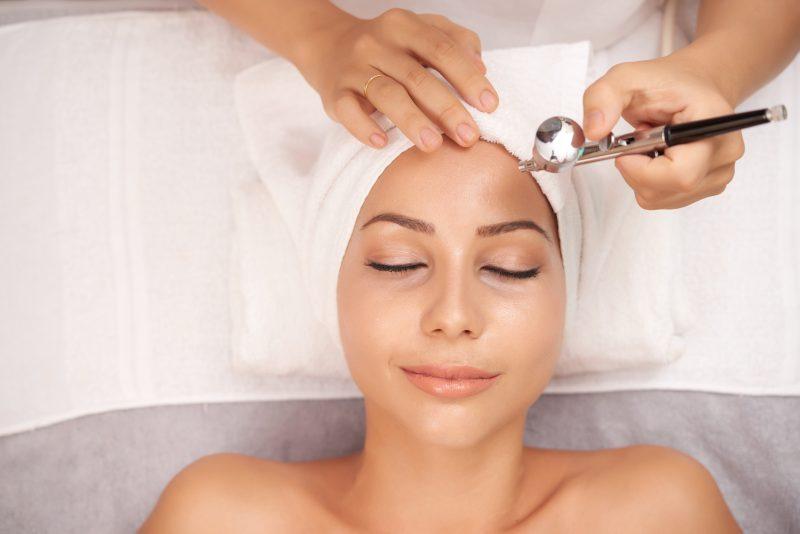Estheticians, Professional Skincare, Salon Biz, Skincare
Spa Treatment Rooms Going Bespoke: The Future of Personalized Skincare
The world of spa treatments is undergoing a transformation. Traditional menus, once rigid and predictable, are being replaced with highly tailored experiences that cater to the unique needs of each client. Personalization has become the gold standard in skincare, and spas that fail to adapt risk being left behind.
Clients today are more educated, discerning, and aware of their skin’s unique needs than ever before. The one-size-fits-all approach no longer suffices, and spa professionals must rethink their service offerings to align with evolving expectations. Creating bespoke treatment rooms isn’t just a trend—it’s a necessity. Let’s explore why customization is shaping the future of skincare and how professionals can effectively transition into this model.
Why Personalization Matters More Than Ever
For years, spa clients have been expected to select treatments from a set menu, often making choices based on vague descriptions. However, skin is not static; it changes due to factors like age, environment, diet, stress, and hormonal fluctuations. A treatment that worked a year ago may not be effective today.
Modern consumers understand this. They seek customized treatments that address their specific concerns at any given moment. The increasing availability of information on skincare, wellness, and self-care has empowered clients to expect more from their spa visits. They don’t want generic treatments—they want solutions tailored to their skin’s needs, delivered by professionals who understand their concerns on a deeper level.
The Move Toward Bespoke Spa Treatments
Leading spas and med-spas are discarding the traditional treatment menu in favor of a consultative approach. Instead of selecting a pre-packaged service, clients undergo an in-depth consultation with an esthetician, who then curates a personalized treatment. This approach allows professionals to combine modalities, adjust formulations, and incorporate cutting-edge technologies to address the client’s skin concerns in real time.
Personalized treatments are not only more effective but also foster stronger client relationships. A client who feels truly seen and understood is more likely to become a loyal advocate for the spa. In turn, spas benefit from higher retention rates and increased word-of-mouth referrals.
How to Transition Your Spa to a Bespoke Model
Transitioning from a traditional menu-based system to a personalized treatment approach requires strategic changes in consultation processes, treatment protocols, staff training, and even the physical design of treatment rooms. Here’s how to make it work.
1. Implement Comprehensive Consultations
A detailed consultation is the foundation of bespoke treatments. This involves assessing the client’s skin type, concerns, lifestyle habits, and goals. Many high-end spas now integrate technology, such as AI-powered skin analysis or diagnostic imaging, to provide a deeper level of assessment.
Establishing a thorough intake process ensures that treatments are not only customized but also backed by objective data. It also helps clients understand their skin better, fostering a sense of trust and expertise in the professional handling their treatment.
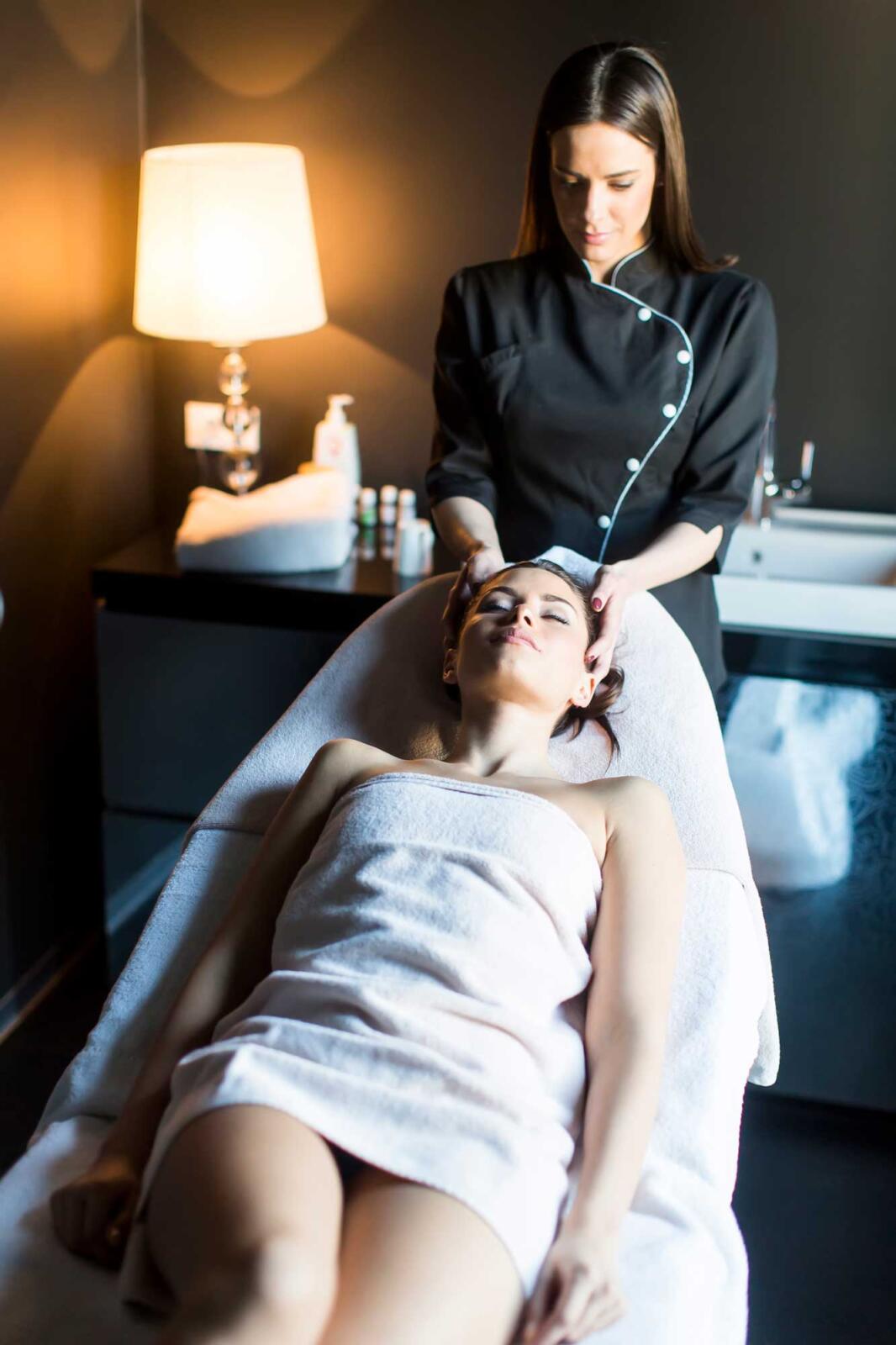

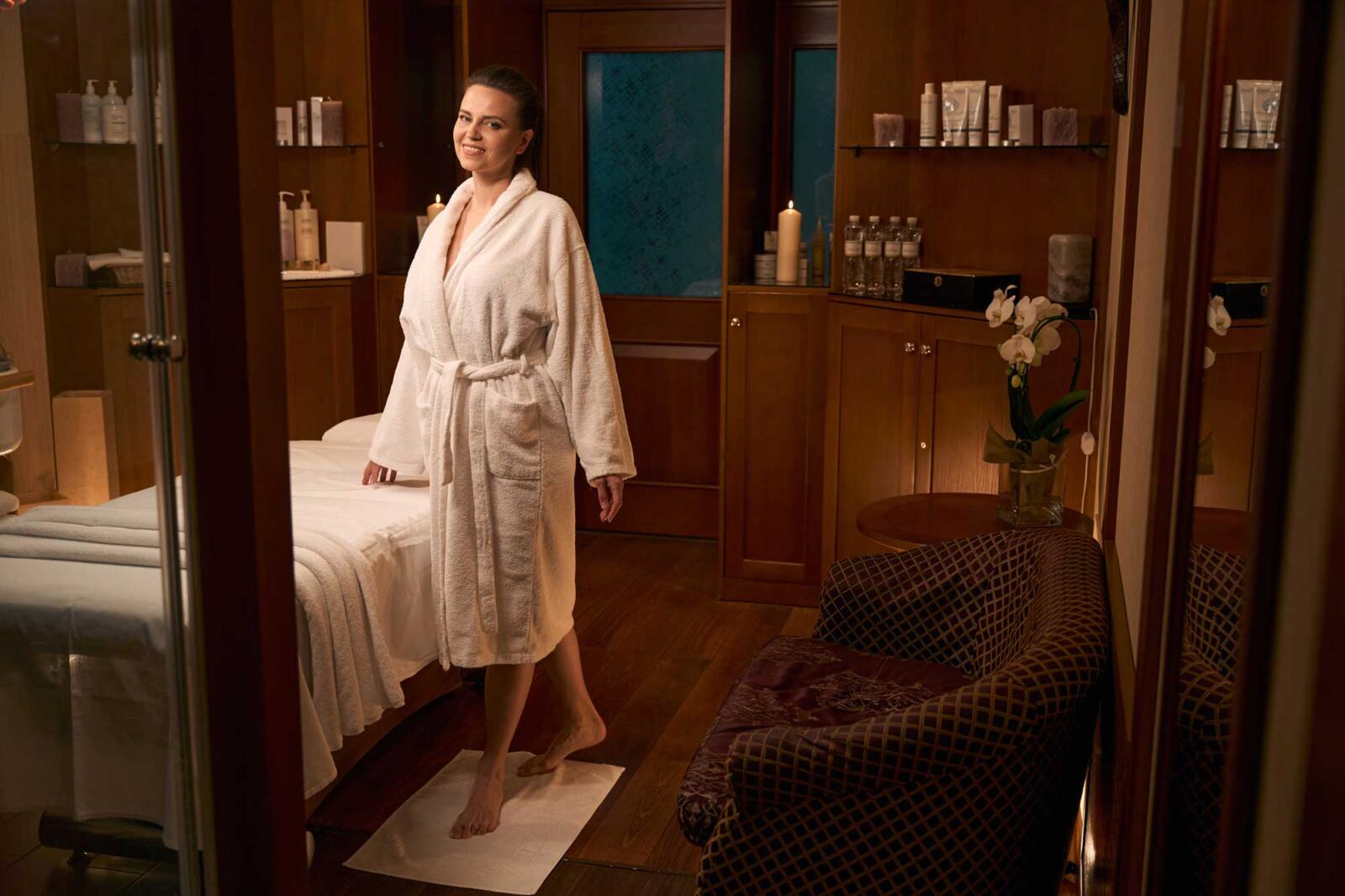
2. Develop a Flexible Treatment Framework
Moving away from a fixed menu means having the flexibility to combine and modify treatments in real time. Instead of offering individual facials, peels, or LED therapy as separate options, spas should focus on a modular approach that allows estheticians to mix techniques as needed. This could include:
- Layering treatments (e.g., combining microdermabrasion with LED therapy for enhanced results)
- Customizing product formulations based on real-time skin analysis
- Adapting treatment intensity and techniques based on skin sensitivity
By training staff to assess and adjust treatments dynamically, spas can ensure each client receives precisely what their skin needs at that moment.
3. Upgrade Treatment Room Design
Bespoke treatments require a flexible physical space. Traditional treatment rooms, designed for specific procedures, may not support the versatility needed for personalized experiences. Consider these upgrades:
- Adjustable Lighting & Ambiance: Customizable lighting, aromatherapy diffusers, and soundscapes can help create an environment tailored to the client’s relaxation preferences.
- Modular Equipment: Multi-functional treatment beds, steamers, and advanced devices should be available to support diverse treatment combinations.
- Personalized Touchpoints: Offering options such as client-preferred skincare scents or specific music selections enhances the bespoke experience.
By creating a space that adapts to the needs of each client, spas can further elevate the sense of exclusivity and customization.
4. Invest in Continuous Education and Training
For estheticians and therapists, transitioning to a bespoke model requires an expanded skill set. Ongoing education is essential to ensure staff can confidently create customized treatments. This includes:
- Advanced training in multiple treatment modalities
- Understanding ingredient chemistry for on-the-spot formulation adjustments
- Mastery of consultation techniques to accurately assess and address skin needs
Regular workshops and certifications ensure that your team remains at the forefront of innovation, empowering them to deliver highly specialized treatments.
5. Utilize Smart Technology and Data
Technology is a powerful tool for personalization. AI-driven skin analysis, for example, provides precise insights into hydration levels, elasticity, pigmentation, and other skin conditions. Additionally, CRM software can track client history, allowing estheticians to tailor treatments based on past sessions and product usage.
By leveraging technology, spas can create a data-driven approach to customization, ensuring each treatment evolves alongside the client’s skincare journey.
Challenges of Moving to a Bespoke Model
While the benefits of a personalized spa approach are clear, there are challenges to consider:
- Time Management: Consultations and customized treatments may take longer than standard services, requiring careful scheduling to maintain efficiency.
- Consistency in Service Quality: Ensuring all therapists follow a high standard of customization can be difficult. Strong protocols and regular training help maintain consistency.
- Inventory Management: Personalized treatments may require a more diverse range of products and tools, making inventory tracking more complex.
Despite these hurdles, the long-term benefits—higher client satisfaction, improved results, and stronger brand differentiation—far outweigh the challenges.
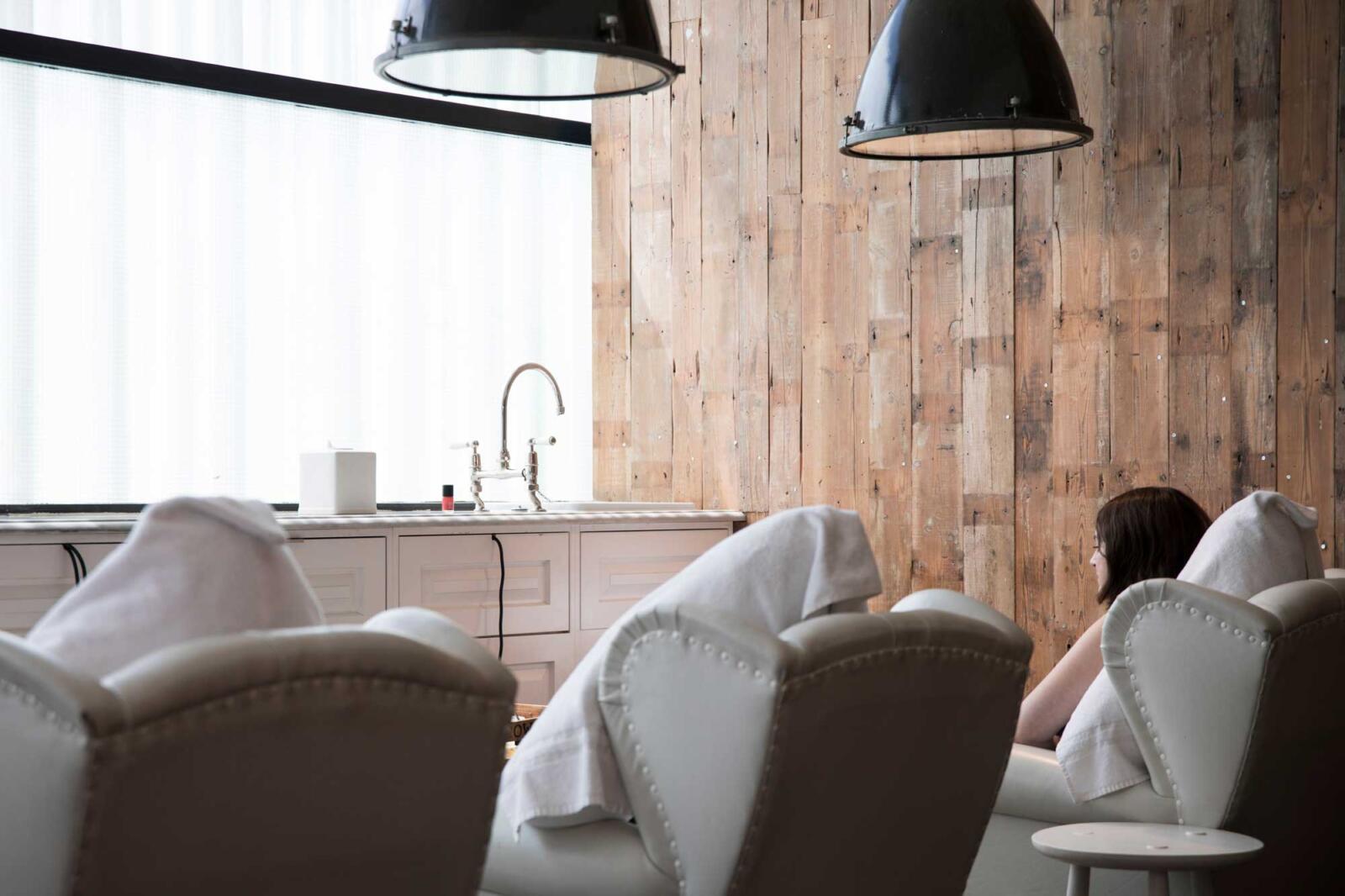
The Future of Spa Treatments is Personalized
As client expectations evolve, the demand for personalized spa experiences will only grow. Spas that embrace customization will not only enhance their reputation but also build stronger, more meaningful relationships with their clientele. By shifting toward a bespoke treatment model, skincare professionals can redefine luxury, positioning their business at the forefront of innovation in the industry.
The question is no longer whether to go bespoke—it’s how quickly you can adapt to meet the needs of the modern spa-goer. The future of skincare isn’t just about treating skin; it’s about creating an experience that is as unique as the individual receiving it. And that’s what will set your spa apart.


